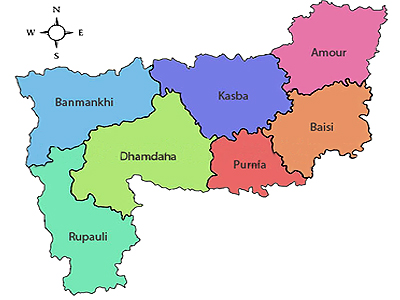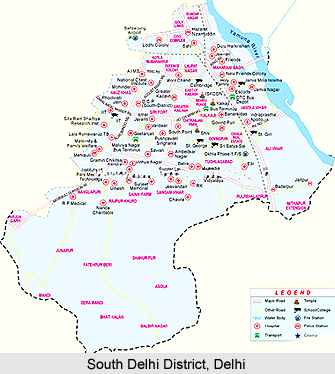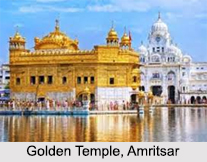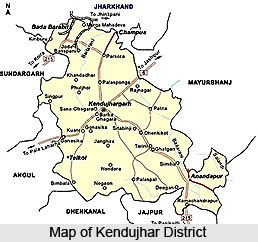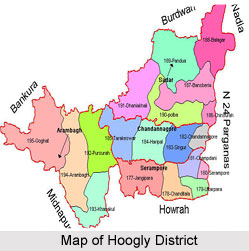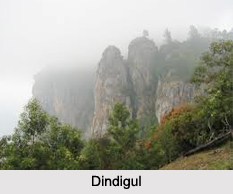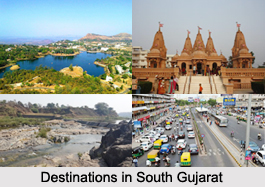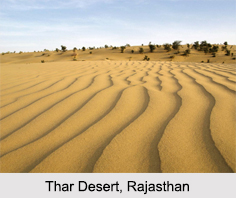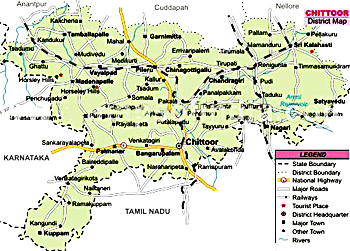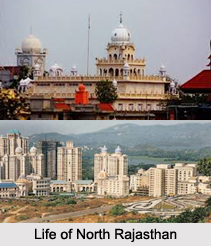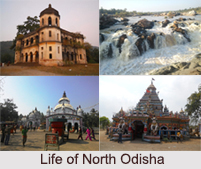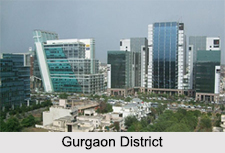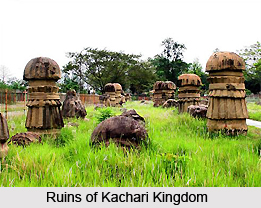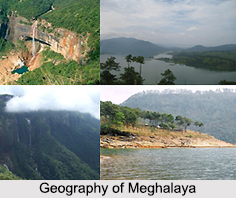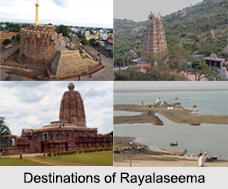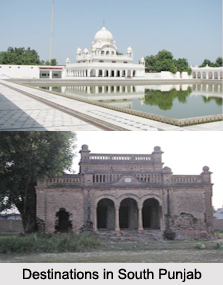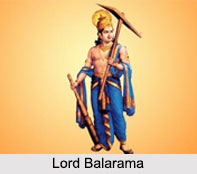 Halshasti Festival is one of the popular festivals celebrated in the state of Madhya Pradesh. Halshasti also known as "Lalhi Shast" or "Harchhat" is a Hindu festival that is dedicated to Lord Balaram, who was the elder brother of Sri Krishna. This festival falls on the 6th day of the month of Bhadrapada, on the third day following the Bahura Chouth. This festival seems to have made its way here from the state of Uttar Pradesh. However, though in Uttar Pradesh the festival is only observed by women who have a son or sons, in Chhatisgarh, all women observe the festival. The items used for worship in the preceding festival of Bahura Chouth are preserved and kept in the place of worship during this festival as well.
Halshasti Festival is one of the popular festivals celebrated in the state of Madhya Pradesh. Halshasti also known as "Lalhi Shast" or "Harchhat" is a Hindu festival that is dedicated to Lord Balaram, who was the elder brother of Sri Krishna. This festival falls on the 6th day of the month of Bhadrapada, on the third day following the Bahura Chouth. This festival seems to have made its way here from the state of Uttar Pradesh. However, though in Uttar Pradesh the festival is only observed by women who have a son or sons, in Chhatisgarh, all women observe the festival. The items used for worship in the preceding festival of Bahura Chouth are preserved and kept in the place of worship during this festival as well.
Celebration of Halshasti Festival
The rituals of this celebration are mostly performed by the women folk. On the day of Halshasti, women get up at the time of sunrise and take an early bath. They then start to make preparations for the puja. The place of devotion is first cleaned and then sanctified with cow dung. A small well is then prepared and twig of straw grass, palaash and a kind of reed is combined jointly to make a construction resembling a plough, the weapon of Lord Balaram. It is then worshipped by women for wealth and good harvest. A rectangular portion of a wall is painted with cow-dung solution. Over this is prepared a design with rice-paste solution. With this paint, the Harchhat is drawn on the wall over the cow dung-washed portion.
In the courtyard, where the material used for the Bahura Chouth has been placed, a small well is dug. In this pit are planted one branch each of the following shrubs - Mahua, Kans and Jungle Ber. Chauk or a design with flour is prepared out of cow dung and kept near the Kalash. Other necessary items of worship are - seven kinds of grains kept in small earthen receptacles (dabutra), leaf cups prepared out of Mahua leaves which are also filled with the seven different grains and bamboo baskets similarly filled.
The worship starts with offerings to Goddess Parvati and Lord Ganesha. The three branches represent Goddess Harchhat, the presiding deity of the day. Symbolic ablution is offered to her and a piece of cloth is put over the branches. Bangles, spangles and vermillion are also offered in her name. Fast is observed for the day and in the evening the cooked Pasai rice is eaten. In some areas, worship is performed in the morning and in others in the evening.
Throughout the Halshasti puja, devotees also worship the well with "Satavya". A "Satavya" is a mixture of seven forms of grains namely, jowar, paddy, wheat, moong, gram, corn. A part of cloth coloured with turmeric paste is also placed near the plough and even worshipped. After the puja, devotees also recite the Halshasti Vrata Katha. Women in the house keep a firm fast on the day of Halshasti. They totally refrain from eating anything all through the day. The observer of the Halshasti Vrata does not even consume fruits or milk during the day. It should be noted that cow"s milk is not used on Halshasti and if required, only milk of buffalo can be consumed on this day.


